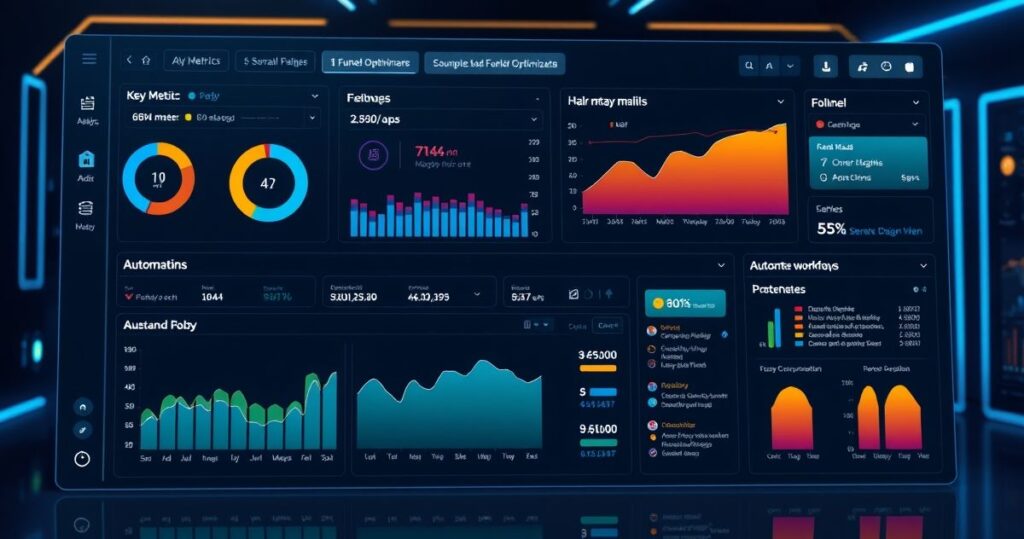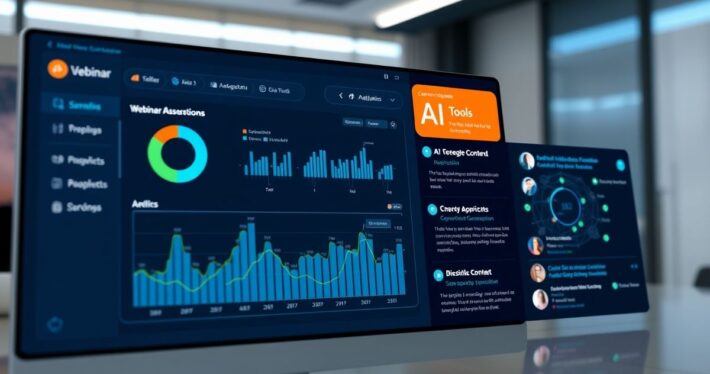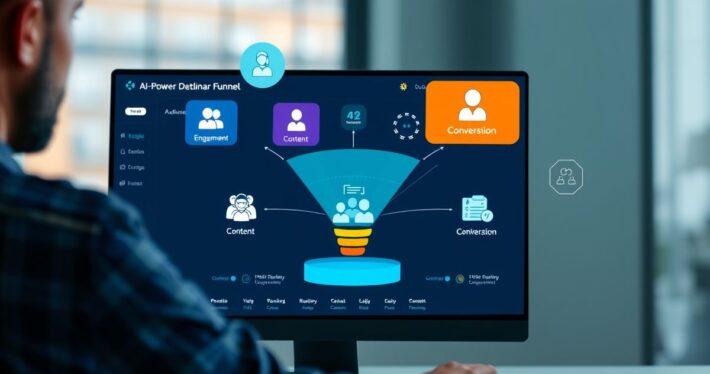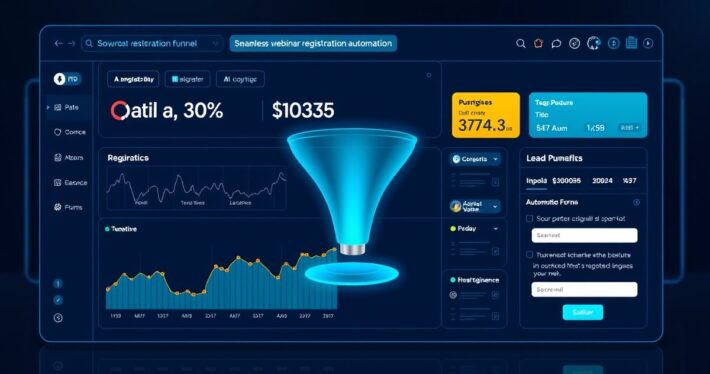A step-by-step guide to using AI for funnel setup.

Imagine this: You’ve spent hours crafting the perfect sales funnel, but it’s just not converting. The leads are there, but something’s missing. What if I told you that AI could be the game-changer you need to optimize your funnel from top to bottom? In this step-by-step guide, we’ll explore how AI can revolutionize your funnel setup, making it smarter, faster, and more effective.
Why AI is the Future of Funnel Setup
Let’s face it—traditional funnel setup methods are time-consuming and often guesswork-heavy. AI, on the other hand, brings precision, scalability, and automation to the table. It’s like having a 24/7 marketing assistant that learns, adapts, and optimizes in real-time. Whether you’re a seasoned marketer or a beginner, AI can help you create a funnel that not only attracts leads but converts them into loyal customers.
Step 1: Define Your Funnel Goals
Before diving into AI tools, you need to know what you’re aiming for. Are you looking to generate leads, nurture them, or drive immediate sales? (Pro tip: It’s usually all three.) AI works best when it has clear objectives to optimize for. Start by mapping out your funnel stages—awareness, interest, decision, and action—and assign specific goals to each.
Step 2: Choose the Right AI Tools
AI-powered tools are your best allies in funnel setup. Here are some must-haves:
- Lead Scoring Tools: Platforms like HubSpot or Salesforce use AI to rank leads based on their likelihood to convert.
- Chatbots: Tools like Drift or Intercom can engage visitors in real-time, answering questions and guiding them through the funnel.
- Email Automation: Solutions like ActiveCampaign or ConvertKit use AI to personalize email campaigns based on user behavior.
Still unsure? Here’s a quick comparison:
| Tool | Best For | Key Feature |
|---|---|---|
| HubSpot | Lead scoring, CRM | AI-driven lead insights |
| Drift | Real-time engagement | Conversational AI chatbots |
| ActiveCampaign | Email marketing | Behavioral automation |
Step 3: Implement AI for Lead Capture
Let’s be honest: If your lead capture isn’t optimized, your funnel is already broken. AI can help here, too. Use AI-powered forms like those from Typeform or JotForm to dynamically adjust questions based on user responses. This ensures you’re collecting the most relevant data without overwhelming your audience.
Take this example: A SaaS company used an AI-driven form that adapted based on user input. The result? A 30% increase in qualified leads. That’s the power of AI!
Step 4: Nurture Leads with AI-Driven Content
Once you’ve captured leads, it’s time to nurture them. AI can help you deliver personalized content at scale. For instance, tools like Phrasee use AI to craft compelling email subject lines, while platforms like Outbrain can recommend content based on user behavior.
Think of it this way: Your funnel is a conversation. AI ensures that conversation is always relevant and engaging. (And yes, that includes knowing when to stop sending follow-ups!)
Step 5: Optimize for Conversions with AI
Here’s where it gets interesting. AI can analyze user behavior to identify bottlenecks in your funnel. Tools like Hotjar or Crazy Egg provide heatmaps and session recordings to show where users drop off. Meanwhile, platforms like Unbounce use AI to A/B test landing pages in real-time.
Here’s a real-world case study: An e-commerce brand used AI to test different product page layouts. The result? A 22% increase in conversions—just by tweaking the design based on AI insights.
Step 6: Use AI for Retargeting
Not every lead converts on the first try. That’s where retargeting comes in. AI-powered retargeting tools like AdRoll or Perfect Audience can help you re-engage lost leads with personalized ads. By analyzing user behavior, these tools ensure your ads are shown to the right people at the right time.
Step 7: Measure and Iterate
The beauty of AI is that it’s constantly learning. Use analytics tools like Google Analytics or Mixpanel to track your funnel’s performance. AI can then provide actionable insights to improve your strategy. Remember, a funnel is never “done”—it’s always evolving.
Challenges and How to Overcome Them
Of course, using AI for funnel setup isn’t without its challenges. One common issue is data overload. With so much information coming in, it’s easy to get overwhelmed. The solution? Focus on key metrics that align with your goals. Another challenge is the learning curve. AI tools can be complex, but most platforms offer tutorials and customer support to help you get started.
The Future of AI in Funnel Setup
Looking ahead, AI is only going to get better. Imagine funnels that predict customer needs before they even articulate them or chatbots that can close sales autonomously. The possibilities are endless, and the sooner you embrace AI, the more competitive you’ll be.
Final Thoughts
Using AI for funnel setup isn’t just a trend—it’s a necessity in today’s fast-paced digital landscape. By following this step-by-step guide, you’ll be well on your way to creating a funnel that’s not only efficient but also highly effective. So, what are you waiting for? Start leveraging AI today and watch your conversions soar.



